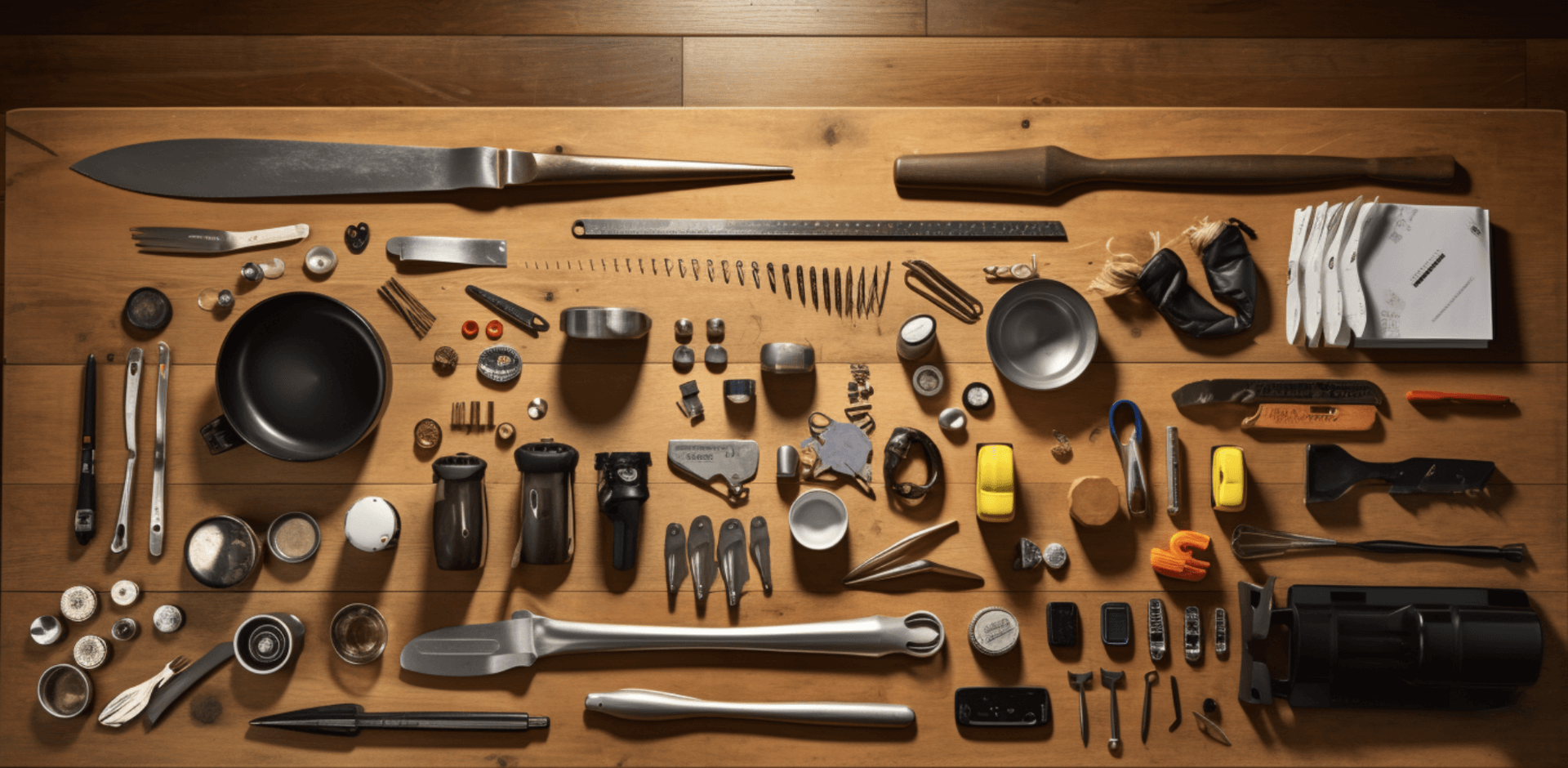Understanding the Importance of Protecting Wooden Floors from Scratches
Wooden floors are a valuable asset for both home and business owners, as they enhance the aesthetic appeal and value of a property. Protecting wooden floors from scratches is crucial to maintain their beauty and longevity.
There are several reasons why it is important to protect wooden floors from scratches. scratches can significantly diminish the aesthetic appeal of the floor, making it look dull and worn. This can negatively impact the overall appearance of a room or space. scratches can reduce the value of the floor, as they can be difficult and expensive to repair. Potential buyers or tenants may be deterred by a scratched floor, leading to a decrease in property value. scratches can weaken the floor, making it more susceptible to further damage and deterioration over time.
Scratches can have a profound effect on the aesthetic and value of wooden floors. They can make the floor look worn, old, and unattractive. This can be particularly problematic for businesses that rely on creating a positive impression for their customers. Additionally, scratches can decrease the value of the floor, as potential buyers or tenants may perceive it as a sign of neglect or poor maintenance.
Sharp objects are the most common sources of scratches on wooden floors. Furniture legs, pet claws, and even high heels can all cause scratches if dragged across the floor. It is important to take proactive measures to protect wooden floors from these sources of scratches. Using furniture pads or felt pads on the legs of furniture can help reduce friction and prevent scratches. Trimming pet nails regularly and using rugs or mats in high-traffic areas can also minimize the risk of scratches.
The Vulnerability of Wooden Floors to Scratches
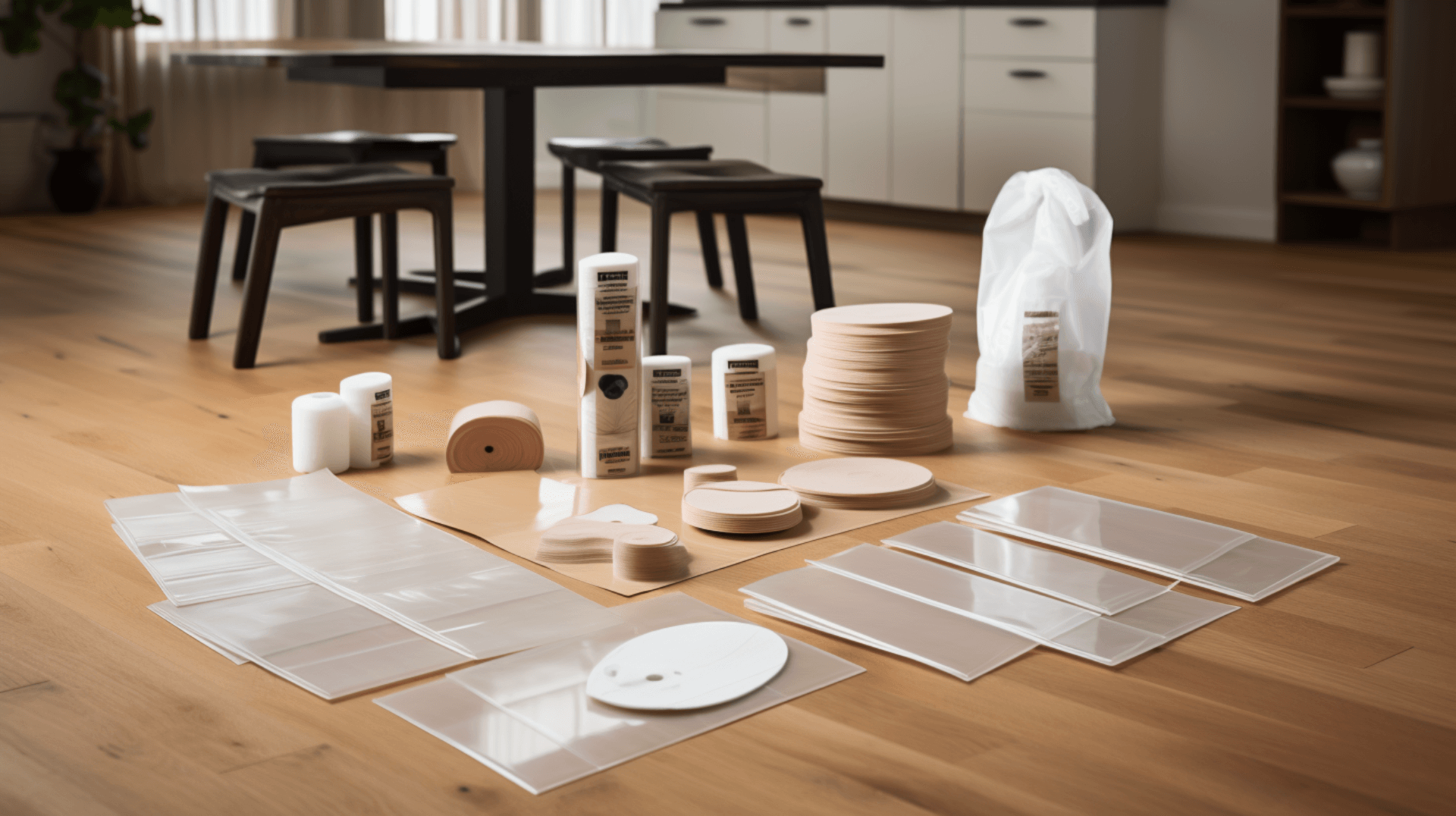
Wooden floors are susceptible to scratches due to their soft and porous nature. Different types of wood react differently to sharp objects, with softer woods being more prone to scratches. Hardwoods, such as oak and maple, are more resistant to scratches, while softer woods, such as pine and cedar, are more vulnerable.
There are several factors that can increase the risk of scratches on wooden floors. Furniture legs can cause scratches if they are dragged across the floor. Pet claws can also cause scratches if they are not trimmed regularly. Additionally, high heels can cause scratches if they are worn on the floor.
To protect wooden floors from scratches, it is important to take proactive measures. Using furniture pads or felt pads on the legs of furniture can help reduce friction and prevent scratches. Regularly trimming pet nails and using rugs or mats in high-traffic areas can also minimize the risk of scratches. Additionally, being cautious when moving heavy objects or using sharp tools near wooden floors can help prevent accidental scratches.
By being mindful of these factors and taking preventative measures, home and business owners can maintain the beauty and value of their wooden floors. It is important to choose the right type of wood for a particular application and to properly maintain the floor to minimize the risk of scratches.
Identifying the Common Sharp Objects that Cause Scratches
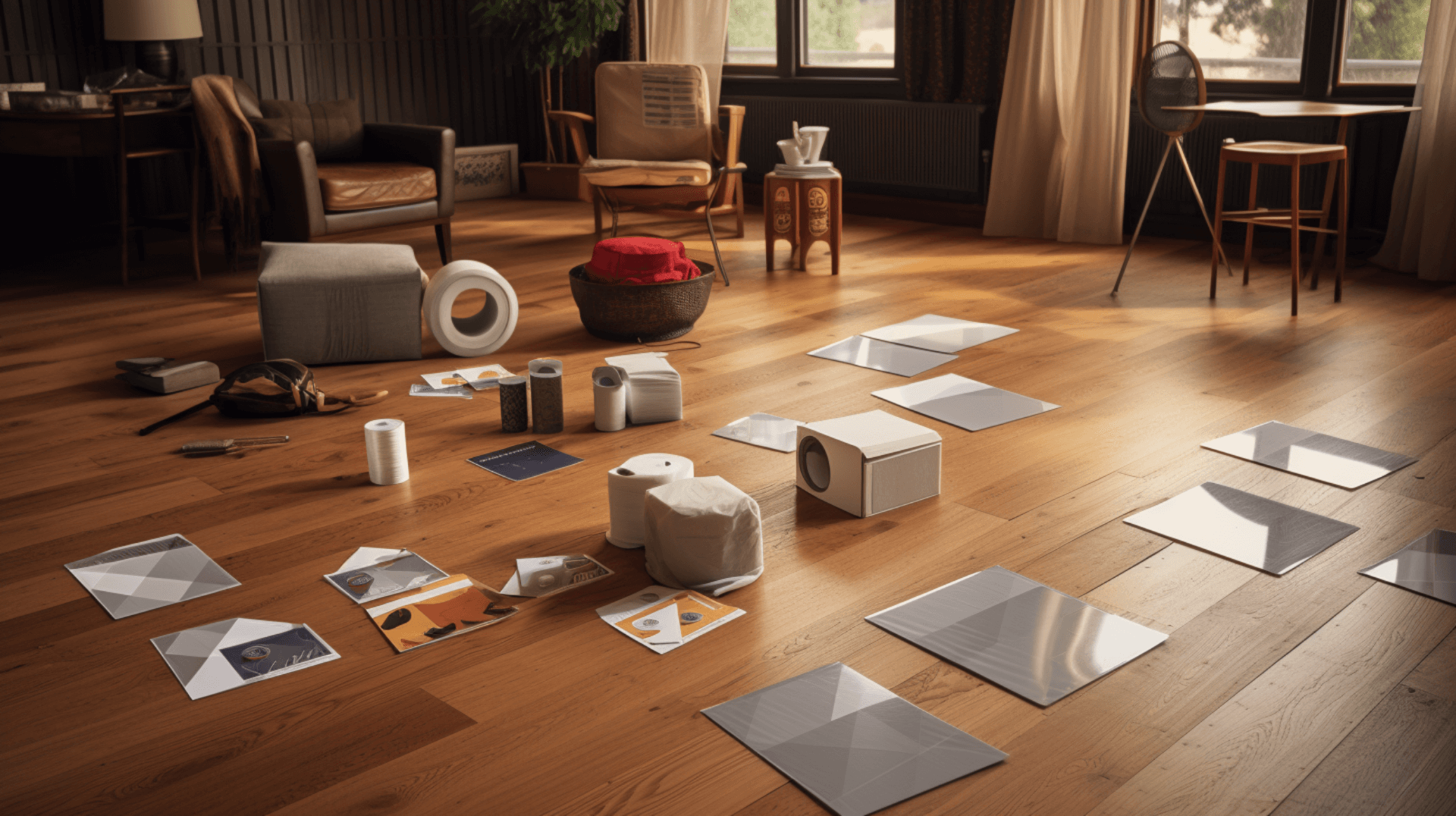
Wooden floors are susceptible to scratches from various sources, including furniture legs, pet claws, and high heels. Furniture legs, especially those made of metal, can cause scratches when dragged across the floor. To prevent this, it is recommended to use furniture pads or felt pads on the legs to reduce friction and protect the floor.
Pets with untrimmed nails can also scratch wooden floors. Regularly trimming their nails can minimize the risk of scratches. Additionally, using rugs or mats in high-traffic areas can provide an extra layer of protection against pet-induced scratches.
High heels can be particularly damaging to wooden floors. The sharp edges of the heels can dig into the wood, leaving unsightly scratches. It is important to be cautious when wearing high heels on wooden floors and consider using protective caps or avoiding wearing them altogether.
By being mindful of these common sources of scratches and taking preventative measures, such as using furniture pads, trimming pet nails, and being cautious with high heels, home and business owners can effectively protect their wooden floors from unnecessary damage.
The Role of Floor Finishes in Protecting Wooden Floors
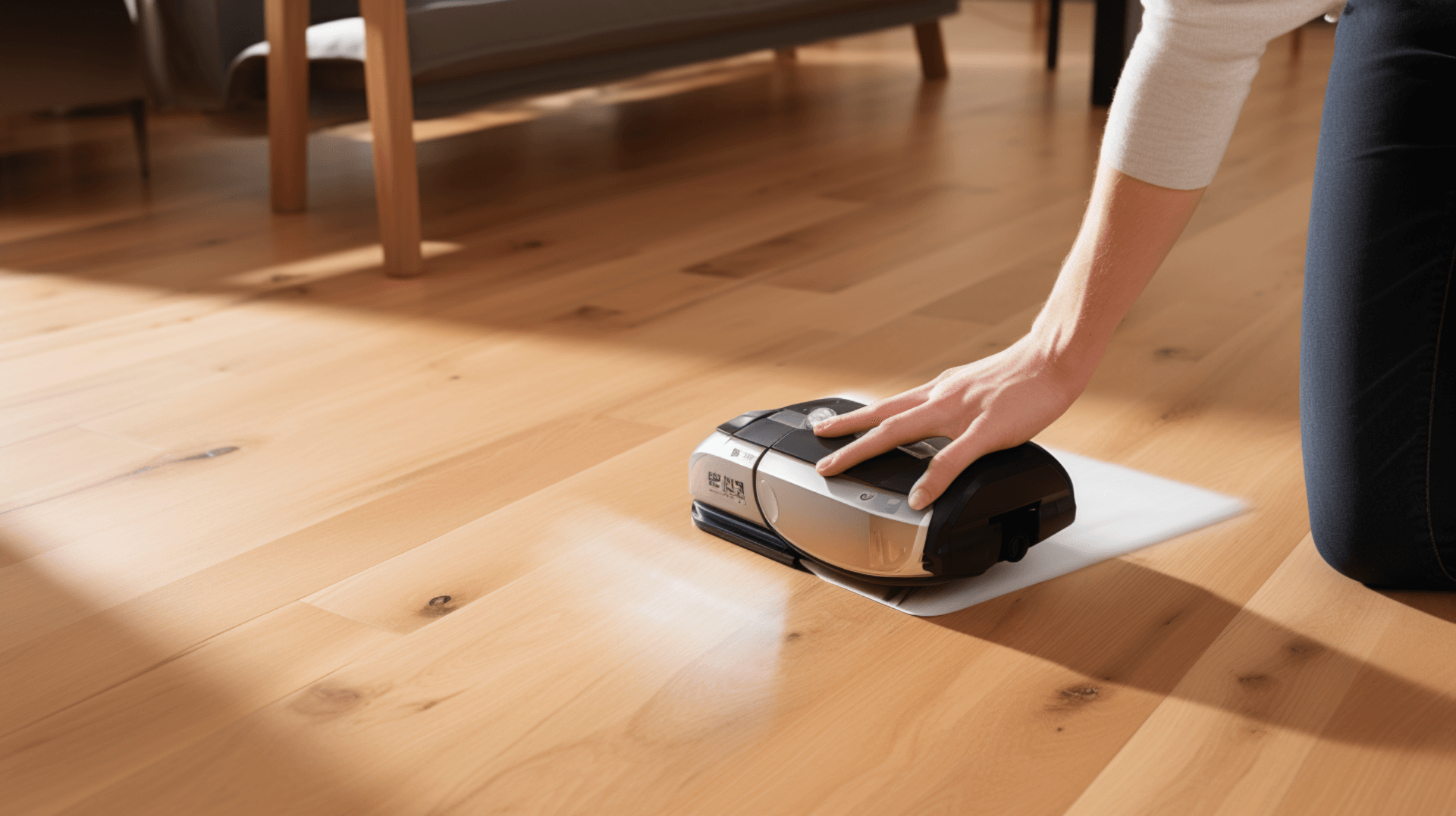
Floor finishes play a crucial role in protecting wooden floors from scratches and other damage. They provide a protective layer that helps minimize the risk of scratches and maintain the floor’s beauty. There are different types of floor finishes available, each with its own advantages and considerations.
Oil-based finishes are commonly used for their durability and ability to provide a natural, low-luster finish. They offer excellent protection against scratches and other damage. they can be challenging to apply and require regular maintenance to ensure their effectiveness.
Water-based finishes, on the other hand, are known for their ease of application and cleanup. While they may not be as durable as oil-based finishes, they still provide a protective layer against scratches. Water-based finishes are a popular choice for those seeking a more environmentally friendly option.
Polyurethane finishes are highly durable and offer excellent protection against scratches. They create a hard, protective layer that resists wear and tear. they can be more challenging to apply and require regular maintenance to keep the floor looking its best.
When selecting a floor finish, it is important to consider factors such as the type of wood, level of foot traffic, and desired aesthetic. Additionally, safety considerations should be taken into account, such as cordoning off or barrier any openings or hazards during the application process. By choosing the right floor finish and properly maintaining it, home and business owners can effectively protect their wooden floors from scratches and preserve their beauty for years to come.
Choosing the Right Floor Finish for Scratch Protection
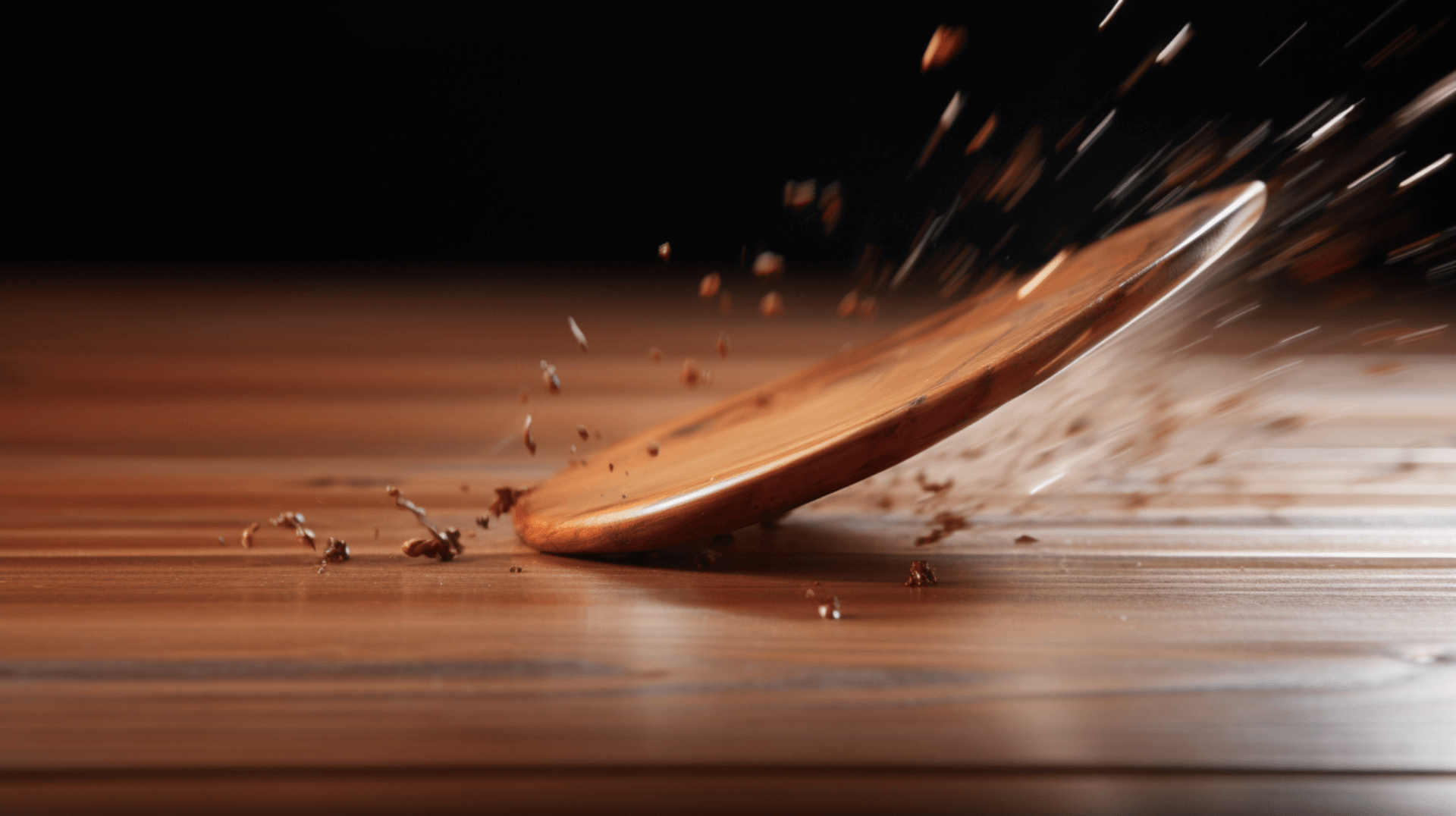
Choosing the right floor finish for scratch protection is an important decision for home and business owners. The type of floor finish chosen can have a significant impact on the floor’s resistance to scratches. It is important to consider factors such as the type of wood, level of foot traffic, and desired aesthetic when selecting a floor finish. Additionally, safety considerations should be taken into account, such as cordoning off or barrier any openings or hazards during the application process. It is also important to consider the presence of water or condensate pipes in the sub-floor voids, as these can increase the risk of freezing should the floor be insulated and the pipe left exposed to the colder environment after the works. Any repairs that may be required to facilitate the installation of insulation (repair of defects, additional ventilation, etc.) should also be taken into account.
Oil-based finishes are known for their durability and ability to provide a natural, low-luster finish. They offer excellent protection against scratches and other damage. they can be challenging to apply and require regular maintenance to ensure their effectiveness.
Water-based finishes are easier to apply and clean up. While they may not be as durable as oil-based finishes, they still provide a protective layer against scratches. Water-based finishes are a popular choice for those seeking a more environmentally friendly option.
Polyurethane finishes are highly durable and offer excellent protection against scratches. They create a hard, protective layer that resists wear and tear. Additionally, they can be applied with a gloss level jobsite finish to achieve a desired sheen. it is important to consider the presence of water or condensate pipes in the sub-floor voids, as these can increase the risk of freezing should the floor be insulated and the pipe left exposed to the colder environment after the works. Any repairs that may be required to facilitate the installation of insulation (repair of defects, additional ventilation, etc.) should also be taken into account.
To achieve the required thermal transmittance (U-value) of at least 0.25 W/m2K in England, Wales, and Northern Ireland, and 0.18 W/m2K in Scotland, it is important to refer to the manufacturer’s guidance for this level of performance, although this may vary depending on the specific requirements of the project.
By carefully considering these factors and taking into account the additional context provided, home and business owners can choose the right floor finish that will effectively protect their wooden floors from scratches and preserve their beauty for years to come.
The Process of Applying Floor Finish for Scratch Protection
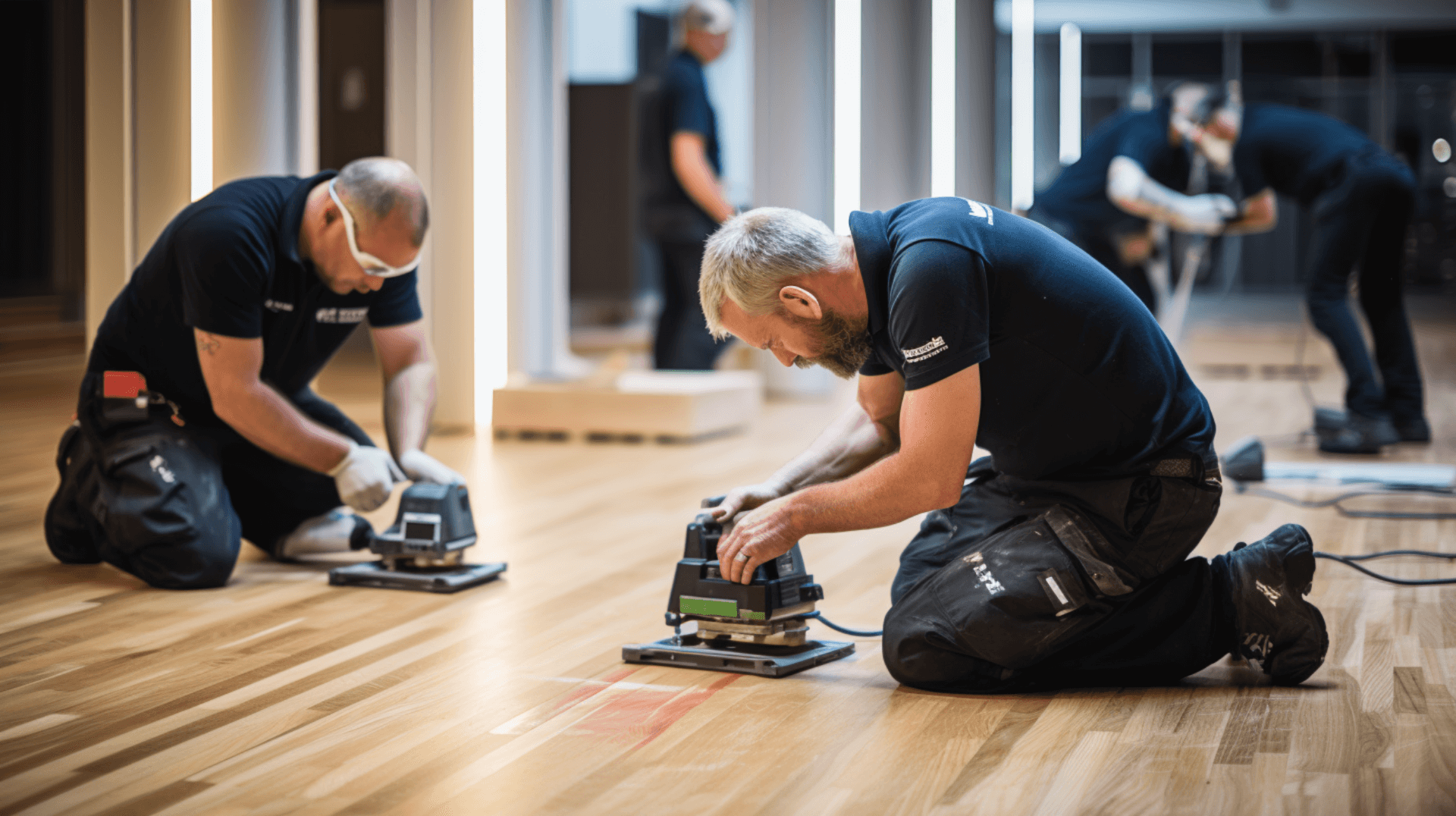
Applying a floor finish is an important step in protecting wooden floors from scratches. The process involves several steps and requires the use of specific tools and materials. It is important to follow the manufacturer’s instructions carefully and take the necessary safety precautions. Any specific safety considerations as recommended by the manufacturer of the product or system utilized should also be followed.
The first step is to prepare the floor by cleaning it thoroughly and removing any existing finish. This can be done with a floor cleaner and a floor buffer. Once the floor is clean and dry, it is important to inspect it for any defects or damage that may need to be repaired. Additionally, it is important to consider the presence of water or condensate pipes in the sub-floor voids, as these can increase the risk of freezing should the floor be insulated and the pipe left exposed to the colder environment after the works. Any repairs that may be required to facilitate the installation of insulation (repair of defects, additional ventilation, etc.) should also be taken into account.
To achieve the required thermal transmittance (U-value) of at least 0.25 W/m2K in England, Wales, and Northern Ireland, and 0.18 W/m2K in Scotland, it is important to refer to the manufacturer’s guidance for this level of performance, although this may vary depending on the specific requirements of the project.
Once the floor is prepared, the next step is to apply the floor finish. This can be done using a brush, roller, or sprayer, depending on the manufacturer’s instructions. It is important to apply the finish evenly and in thin coats to achieve the desired result. Excess finish should be removed to avoid an uneven or sticky finish.
During the application process, it is important to avoid common mistakes. Applying too much finish can lead to a thick and uneven coat, while applying too little may not provide adequate protection. It is also important to allow the finish to dry completely before walking on the floor or exposing it to water or other liquids.
By following these steps, considering the specific safety recommendations, and taking the necessary precautions, home and business owners can successfully apply a floor finish to protect their wooden floors from scratches and maintain their longevity.
The Role of Furniture Pads in Preventing Scratches
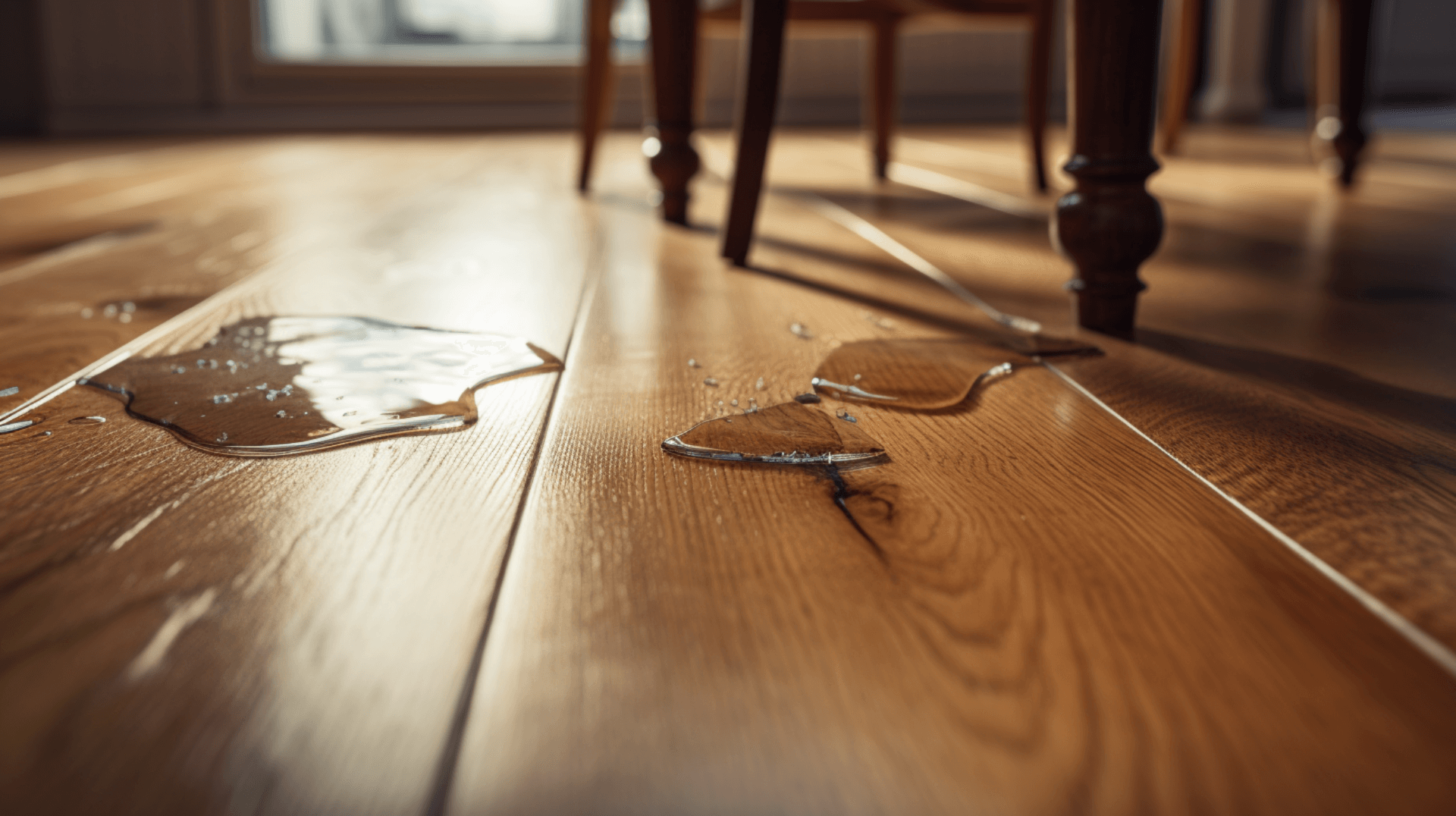
Furniture pads are an important tool for preventing scratches on wooden floors. They provide a cushion between the furniture and the floor, reducing friction and protecting the floor’s surface. There are different types of furniture pads available, including felt pads, rubber pads, and cork pads.
Felt pads are commonly used and come in various sizes and thicknesses. They are easy to install and provide a soft cushion between the furniture and the floor. Felt pads are available in self-adhesive varieties, making them convenient to install and remove.
Rubber pads are a popular choice for heavier furniture. They offer a more durable cushion and are available in different shapes and sizes. Like felt pads, rubber pads can also be found in self-adhesive varieties for easy installation and removal.
Cork pads are suitable for lighter furniture and provide a soft cushion between the furniture and the floor. They are available in various shapes and sizes and can also be found in self-adhesive varieties.
When choosing furniture pads, consider the weight of the furniture, the type of flooring, and the level of foot traffic. Additionally, check if the pads are self-adhesive or require additional tools or materials for installation.
By selecting the appropriate furniture pads and properly installing them, home and business owners can effectively prevent scratches on their wooden floors and maintain their beauty for years to come.
Regular Maintenance and Care for ScratchFree Wooden Floors
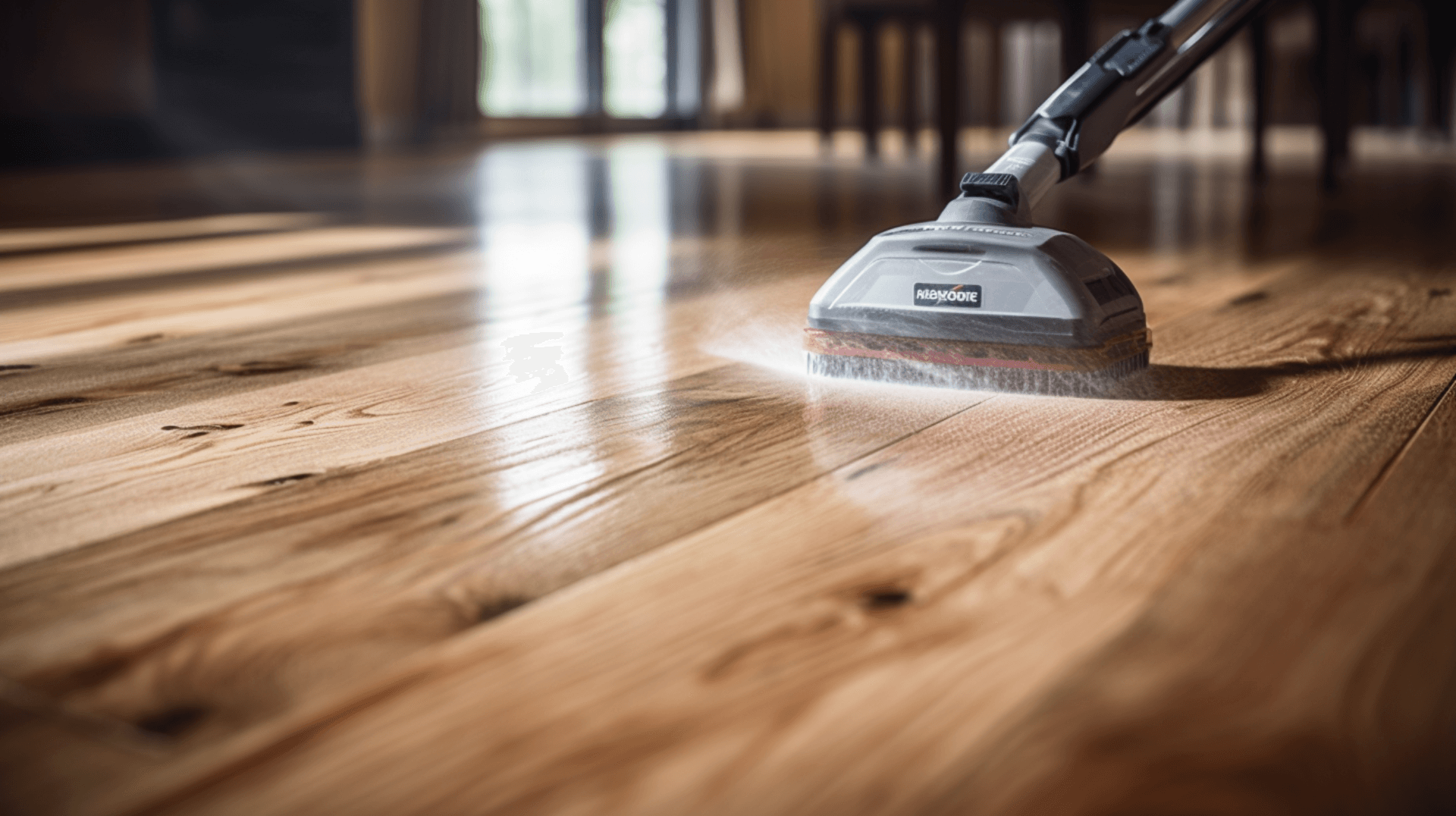
Regular maintenance and care are essential for keeping wooden floors scratch-free. The best practices for maintaining wooden floors include sweeping or vacuuming regularly to remove dirt and debris, using furniture pads to reduce friction, and avoiding the use of harsh chemicals or abrasive cleaning products. It is also important to inspect the floor for any defects or damage that may need to be repaired.
Regular cleaning can help prevent scratches by removing dirt and debris that can accumulate on the floor. It is important to use the right cleaning products for wooden floors. Avoid using harsh chemicals or abrasive cleaning products, as these can damage the floor’s finish. Instead, use a mild detergent or a wood floor cleaner specifically designed for wooden floors. When cleaning wooden floors, it is important to use a soft-bristled broom or vacuum cleaner. Avoid using a vacuum cleaner with a beater bar, as this can cause scratches. Additionally, it is important to avoid using water or steam cleaners, as these can damage the floor’s finish.
By following these best practices and taking proper care of wooden floors, home and business owners can maintain their beauty and prevent scratches for years to come.
Professional Services for Wooden Floor Protection
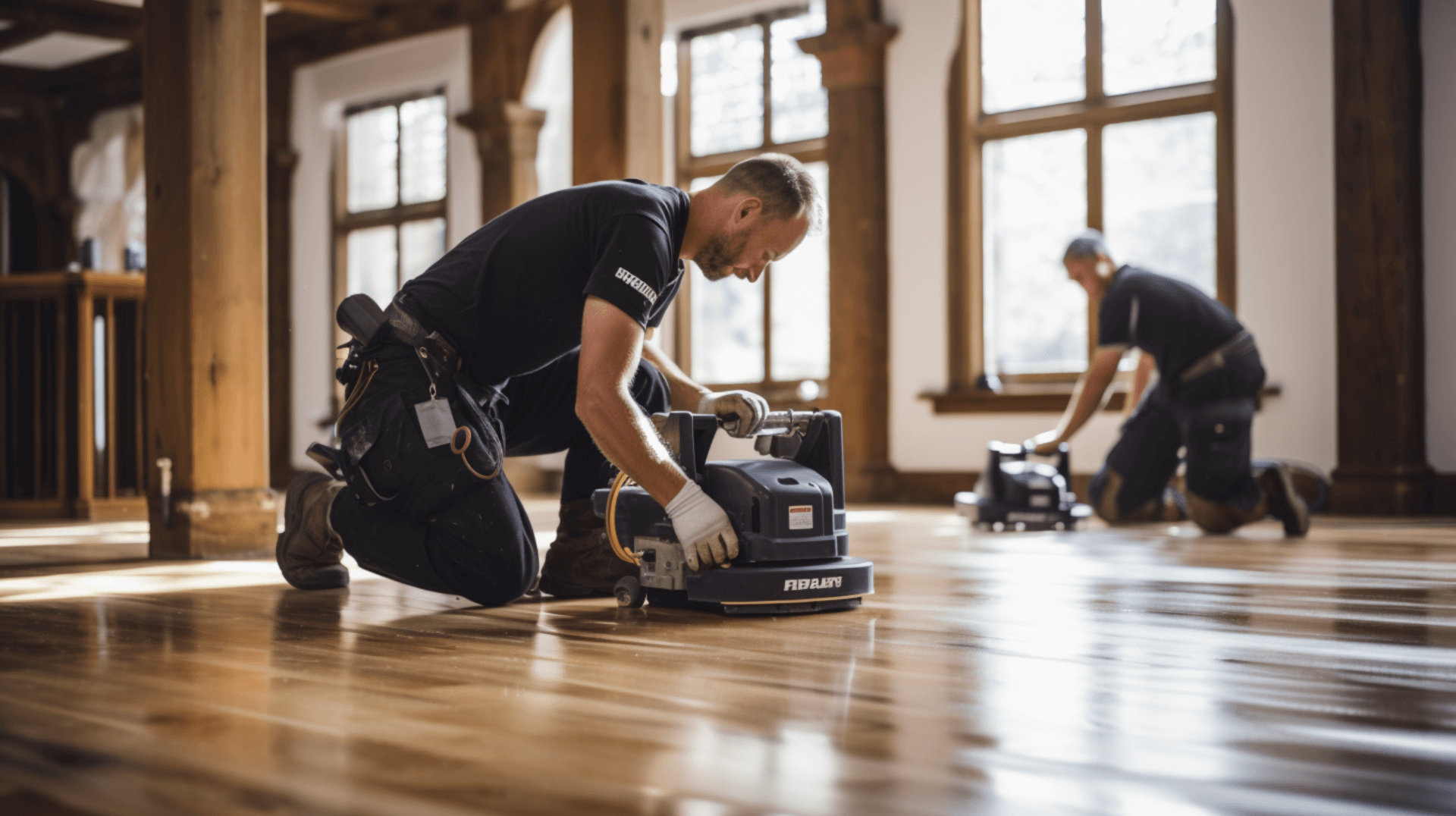
Professional services for wooden floor protection, such as those offered by GJP Floor Sanding, go beyond just scratch protection. We provide a comprehensive range of services to ensure the longevity and beauty of wooden floors.
GJP Floor Sanding not only offers floor sanding, staining, and finishing services but also provides visual inspections of all floor surfaces. This includes checking for the presence of water or condensate pipes in the sub-floor voids and identifying any repairs that may be needed for insulation installation. By addressing these underlying issues, we ensure that the floor is properly prepared for protection and can withstand the test of time.
In addition to our technical expertise, GJP Floor Sanding also emphasizes customer care. We verify the address for installation, use shoe protectors/covers when entering the property, and put down dust sheets where required to minimize any mess. After completing the works, we remove all packaging and waste materials from the site and dispose of us properly. This attention to detail and cleanliness ensures a positive experience for customers.
By choosing professional services from GJP Floor Sanding, home and business owners can not only protect our wooden floors from scratches but also address any underlying issues, improve thermal performance, and receive exceptional customer care.
The Cost of Protecting Wooden Floors from Scratches
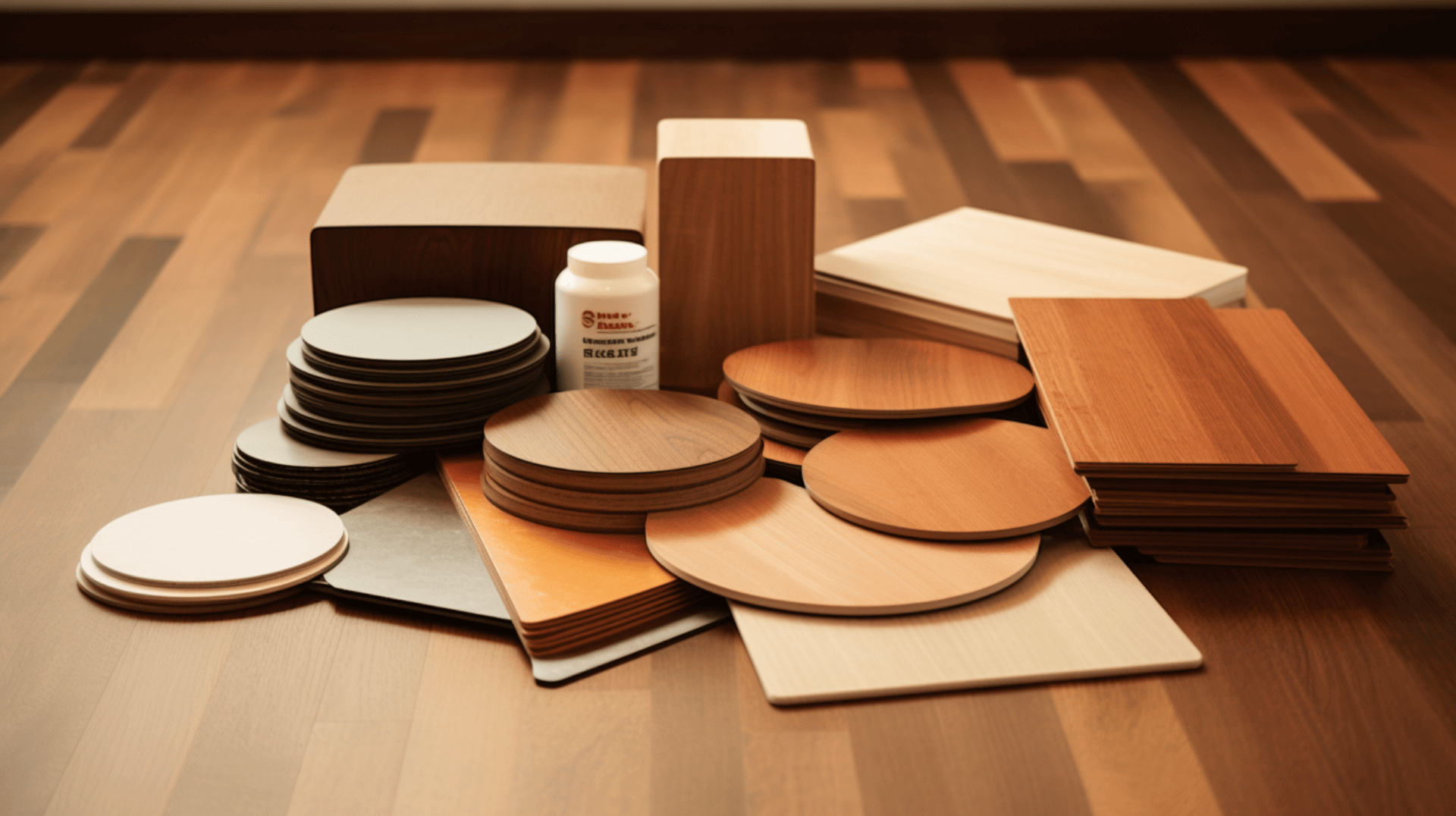
Protecting wooden floors from scratches can be a costly endeavor. The cost of prevention includes the cost of furniture pads, cleaning products, and professional services. The cost of repair, on the other hand, includes the cost of sanding, staining, and finishing the floor.
Fortunately, GJP Floor Sanding can help home and business owners save on these costs. We offer competitive rates for our services and provide a comprehensive range of services to ensure the longevity and beauty of wooden floors. Additionally, we provide visual inspections of all floor surfaces to identify any underlying issues that may need to be addressed, such as the presence of water or condensate pipes in the sub-floor voids, and any repairs that may be required for insulation installation. GJP Floor Sanding can also help with the installation of insulation materials to achieve the required U-value of 0.18 W/m2K, as per the building regulations. We can provide guidance on the range of materials available on the market that are appropriately certified for use as insulation under timber floors, and ensure that the materials have been certified and meet the necessary Technical Approvals.
By choosing professional services from GJP Floor Sanding, home and business owners can not only protect our wooden floors from scratches but also address any underlying issues, improve thermal performance, and potentially save on the costs associated with repair and maintenance in the long run.
Expert Advice on Protecting Wooden Floors from Scratches
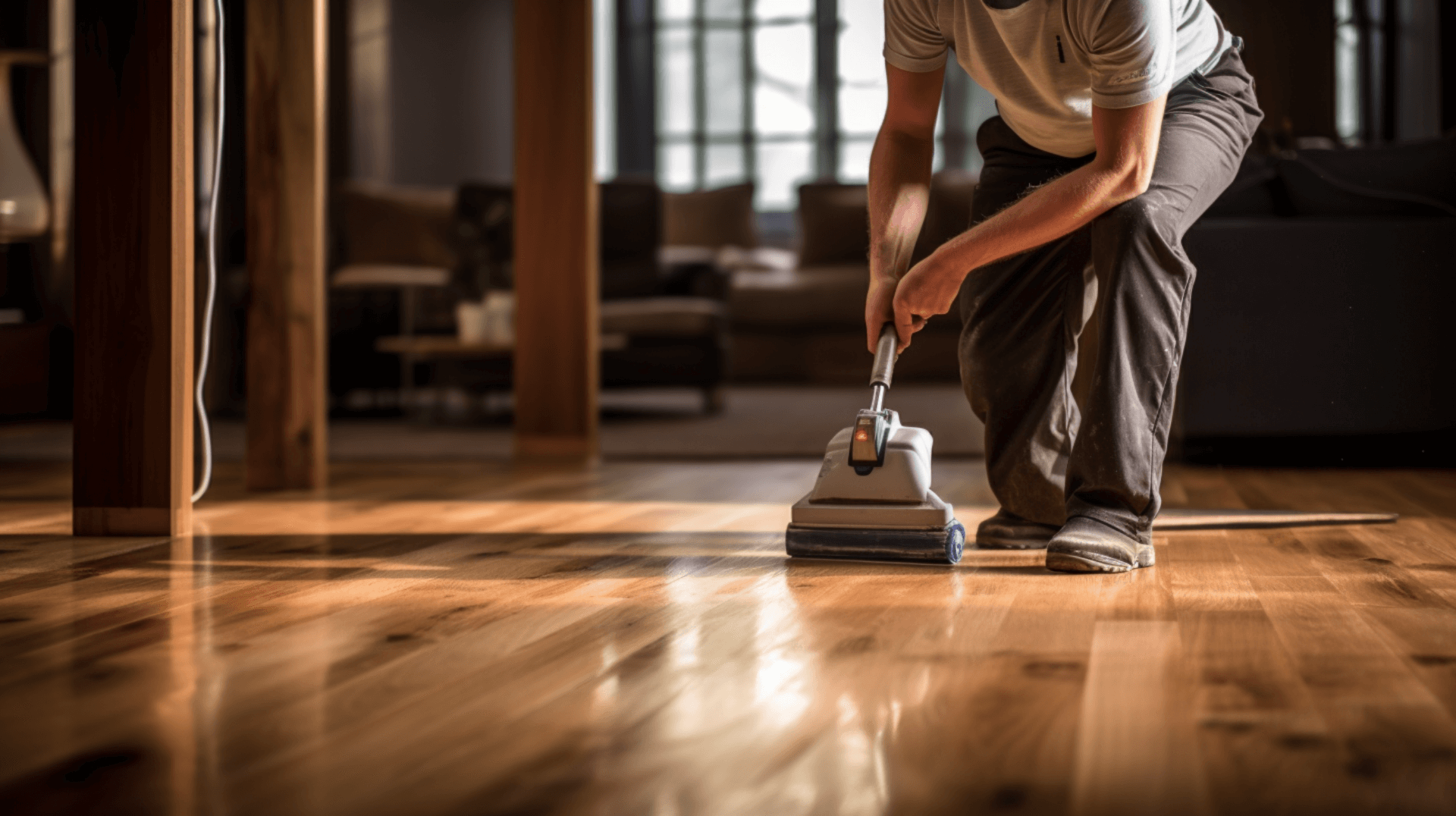
Protecting wooden floors from scratches requires a comprehensive approach that goes beyond just regular cleaning. In addition to sweeping or vacuuming regularly and using furniture pads, it is crucial to inspect the floor for defects or damage that may need repair. GJP Floor Sanding understands the importance of addressing underlying issues, such as the presence of water or condensate pipes in the sub-floor voids, to ensure the floor’s longevity.
GJP Floor Sanding’s expertise extends beyond scratch protection. We can provide guidance on the range of materials available on the market that are certified for use as insulation under timber floors. By ensuring that the materials meet the necessary Technical Approvals and achieve the required U-value of 0.18 W/m2K, as per building regulations, GJP Floor Sanding helps home and business owners improve thermal performance and potentially save on energy costs.
Our commitment to customer care is evident in our attention to detail and cleanliness during the installation process. GJP Floor Sanding verifies the installation address, uses shoe protectors/covers, and puts down dust sheets to minimize any mess. After completing the works, we remove all packaging and waste materials from the site, providing a hassle-free experience for customers.
With our expertise in protecting wooden floors, addressing underlying issues, and providing exceptional customer care, GJP Floor Sanding is the ideal choice for home and business owners looking to maintain the beauty and longevity of our wooden floors.
Contact Us for Professional Wooden Floor Protection
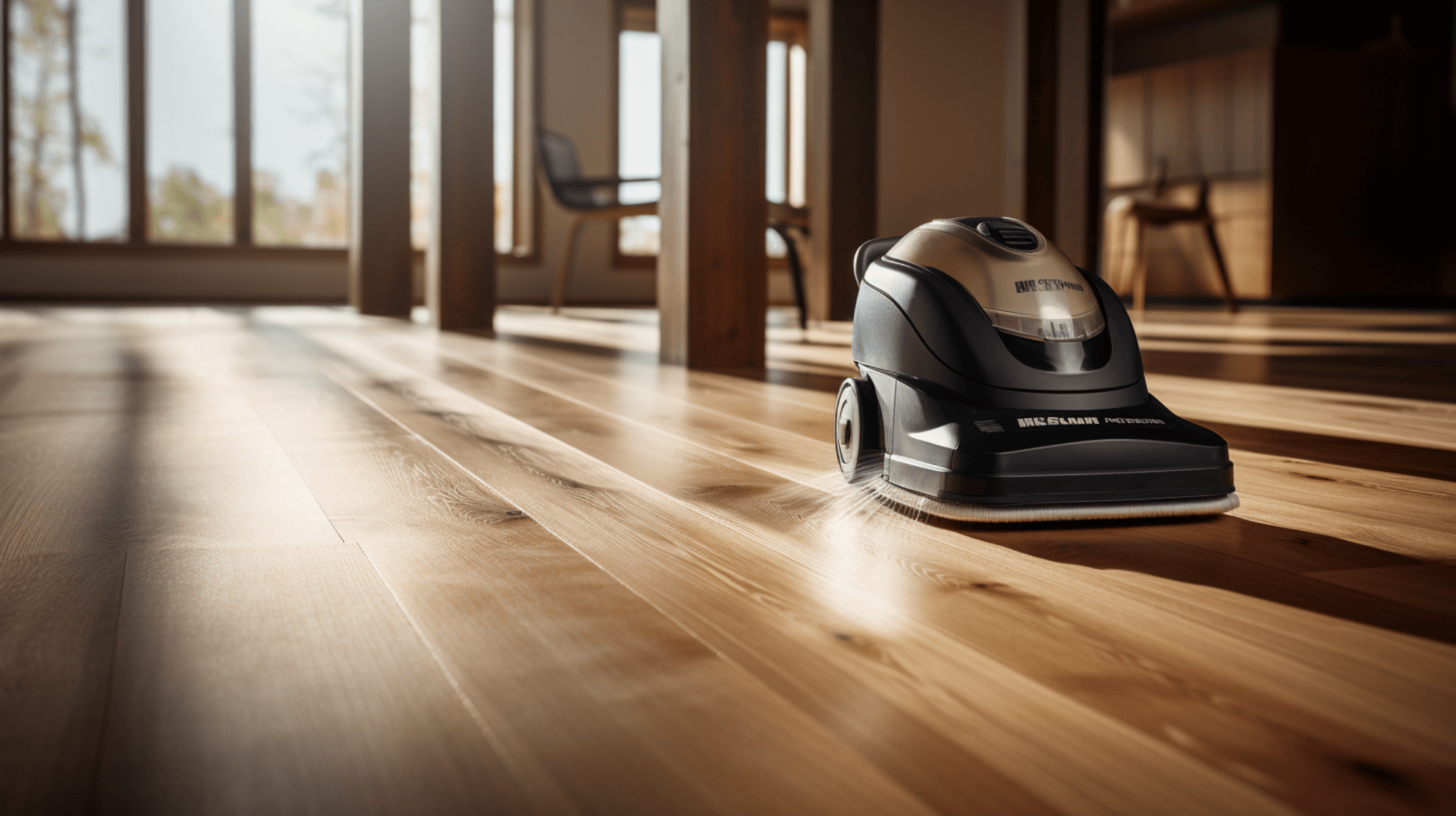
Home and business owners looking for professional wooden floor protection can contact GJP Floor Sanding for a comprehensive range of services. We offer competitive rates for our services and provide a comprehensive range of services to ensure the longevity and beauty of wooden floors. This includes floor sanding, staining, and finishing services, as well as visual inspections of all floor surfaces to identify any underlying issues that may need to be addressed, such as the presence of water or condensate pipes in the sub-floor voids, and any repairs that may be required for insulation installation. GJP Floor Sanding can also provide guidance on the range of materials available on the market that are certified for use as insulation under timber floors, and ensure that the materials have been certified and meet the necessary Technical Approvals. We can also help with the installation of insulation materials to achieve the required U-value of 0.18 W/m2K, as per the building regulations.
When contacting GJP Floor Sanding, customers should provide information about the type of floor we have, the size of the area to be covered, and any underlying issues that may need to be addressed. GJP Floor Sanding will then provide a free, no-obligation quote and arrange a convenient time for the works to be carried out.
Customers can expect exceptional customer service from GJP Floor Sanding. We verify the address for installation, use shoe protectors/covers when entering the property, and put down dust sheets where required to minimize any mess. After completing the works, we remove all packaging and waste materials from the site and dispose of us properly. GJP Floor Sanding’s commitment to customer care ensures a positive experience for customers.
